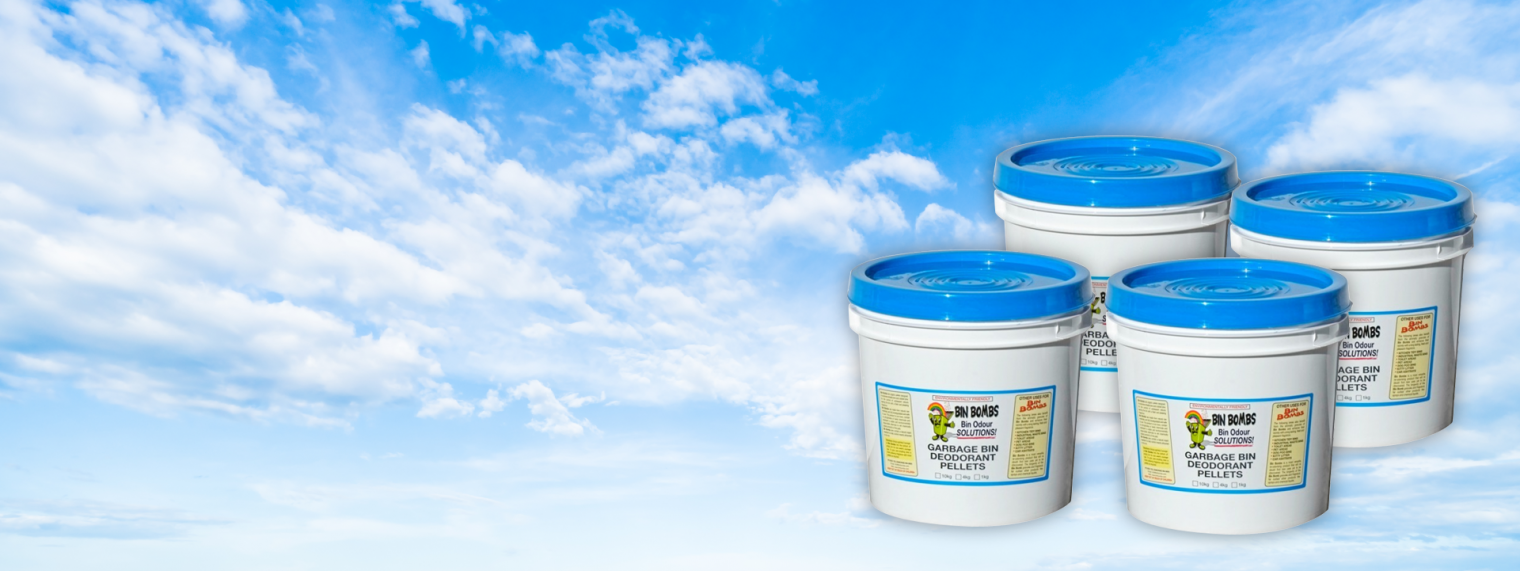Introduction
A cluttered kitchen bin can quickly become a source of unpleasant odours that linger long after the trash has been emptied. This comprehensive guide explores the root causes of bin smells and offers practical, easy-to-follow solutions. By adopting these strategies, homeowners can maintain a fresh, hygienic kitchen environment without the stress of constant cleaning.
Why Kitchen Bins Smell
Kitchen bins naturally attract food scraps, liquid residues, and organic waste—all of which provide a breeding ground for bacteria and mould. Over time, these microorganisms release volatile compounds that are perceptible as foul odours. Even a single forgotten citrus peel or damp coffee filter can upset the balance and result in a persistent stench.
Short, frequent exposure to food waste accelerates bacterial growth. Therefore, it is crucial to address odour control at multiple stages: prevention, cleaning, and maintenance.
Common Culprits
- Food residue: Leftover sauces, oils, and dairy products
- Moisture build-up: Liquid pooling at the bin’s base
- Slow degradation: Vegetable peels and coffee grounds that decompose gradually
- Lack of airflow: Airtight liners that trap humidity
Understanding these factors helps users pinpoint why their bins smell and tailor solutions accordingly.
Preventive Practices
- Double-bag perishables
Use sturdy, perforated liners inside a primary bin bag to allow moisture to escape and reduce contact between waste and the bin surface. - Line the base
A sprinkle of baking soda or a layer of newspaper at the bottom absorbs drips and neutralizes odours before they become problematic. - Empty regularly
Even if the bin isn’t full, discarding waste every two days prevents bacteria from multiplying unchecked.
Thorough Cleaning Techniques
Maintaining a smell-free bin requires periodic deep cleaning. One effective method involves:
- Removing the liner and discarding any debris.
- Rinsing the bin with warm water to wash away loose residue.
- Scrubbing with a solution of one part white vinegar to two parts water; vinegar’s acidity helps kill bacteria.
- Applying baking soda directly to stubborn spots, letting it sit for ten minutes before scrubbing.
- Drying thoroughly with a clean cloth or allowing the bin to air-dry in sunlight.
Performing this ritual once a week preserves freshness and reduces the frequency of deep cleans.
Natural Deodorisers
For those preferring eco-friendly solutions, household items offer impressive odour control:
- Baking soda: Sprinkled at the bin’s base for ongoing moisture and odour absorption
- Activated charcoal: Placed in small sachets to trap smells through adsorption
- Lemon zest: Mixed with coarse salt, it provides a pleasant citrus note while scrubbing
- Essential oils: A few drops on a cotton ball tucked in the bin keeps fragrances subtle and natural
These methods complement regular cleaning and can be rotated to avoid scent fatigue.
Comparing Odour Control Methods
| Method | Pros | Cons | Frequency |
|---|---|---|---|
| Baking Soda | Inexpensive, non-toxic | Needs regular replenishment | After each emptying |
| Activated Charcoal Sachets | Powerful adsorption, discreet | Higher initial cost | Replace monthly |
| Vinegar & Water Cleanse | Kills bacteria, uses common household item | Vinegar scent may linger briefly | Weekly |
| Bin Odour Eliminator | Specially formulated, long-lasting | Available exclusively online | Every 4–6 weeks |
This table equips readers with quick insights into each option, helping them choose the best fit for their lifestyle.
Introducing Bin Odour Eliminator
Bin Odour Eliminator by BinBombs is designed for maximum efficiency and minimal effort. Its active enzymes target odour-causing bacteria at the molecular level, ensuring a consistently fresh bin.
Key features include:
- Long-lasting protection: Each dose works for up to six weeks.
- Easy application: Simply drop the tablet into the bin—no mixing or measuring required.
- Safe for families: Non-toxic, eco-friendly ingredients make it ideal for households with pets and children.
- Cost-effective: A single pack treats multiple bins and pays for itself in reduced cleaning time.
By investing in Bin Odour Eliminator, users enjoy a hassle-free solution that outperforms generic remedies.
How to Use Bin Odour Eliminator
- Clean the bin using one of the methods described above.
- Dry thoroughly to ensure optimal enzyme activity.
- Place one tablet at the bottom of the bin, directly on the liner.
- Replace the tablet every 4–6 weeks, or sooner if high volumes of waste are generated.
With such a straightforward routine, busy households can reclaim time and peace of mind.
Maintenance Tips for a Smell-Free Bin
- Rotate tablets: Keep track of replacement dates to maintain continuous protection.
- Ventilate: Leave the bin lid open for a few minutes after disposal to air out trapped vapours.
- Clean spills immediately: Promptly address drips and splatters to prevent spot growth.
- Inspect liners: Check for tears or leaks that could compromise odour barriers.
Incorporating these small habits ensures that the bin remains consistently fresh.
Ready for a Truly Fresh Kitchen?
To experience a genuinely effortless solution, visitors are encouraged to explore and purchase the Bin Odour Eliminator directly from the official website: https://binbombs.com.au/. With fast shipping across Australia and a satisfaction guarantee, BinBombs makes it easy to say goodbye to bin smells for good.
Conclusion
A smell-free kitchen bin is achievable with a combination of preventive measures, thorough cleaning, and the right odour control products. Whether opting for DIY natural deodorisers or investing in the powerful Bin Odour Eliminator, these strategies work together to uphold a fresh, inviting kitchen environment. By adopting these recommendations, users can transform their waste disposal routine into a hassle-free, odour-free experience.


